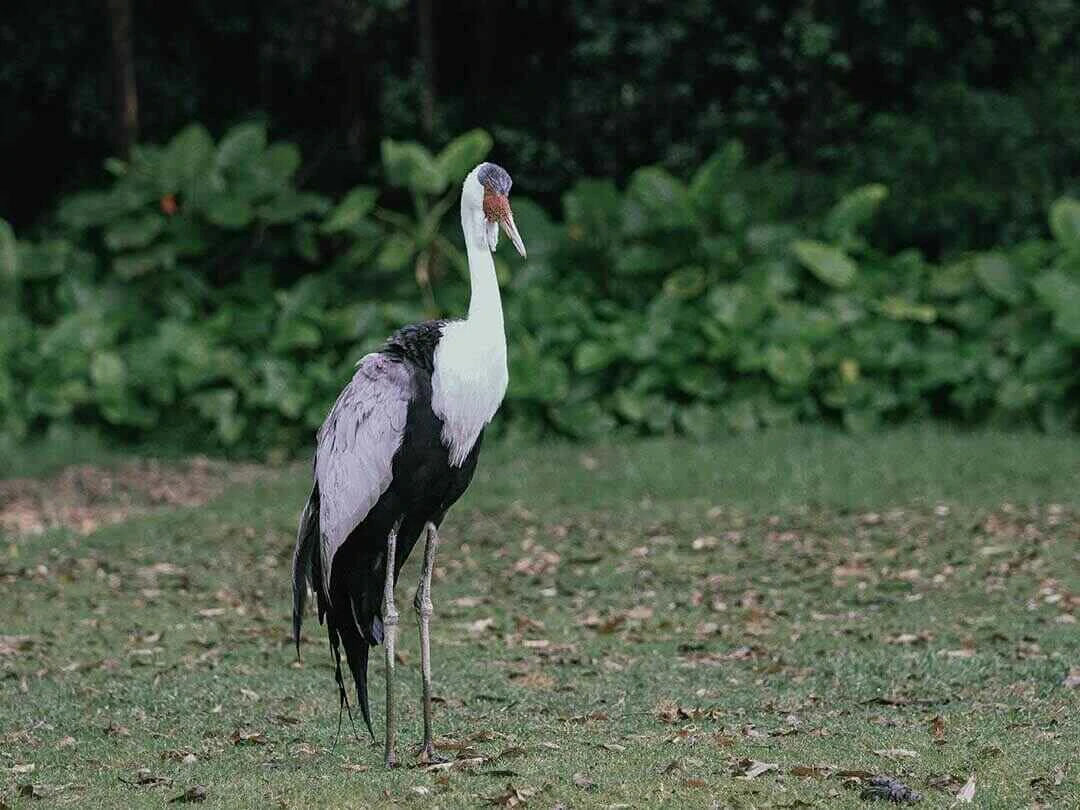
BIRDING IN
Etosha National Park

BIRDING IN
Etosha National Park

BIRDING IN
Etosha National Park

BIRDING IN
Etosha National Park
Its habitat is arid grassland, scrub, waterholes, and salt pans. Etosha means the great white area and refers to the huge salt pan. Etosha National Park is the gateway to Northern Namibia and Ovamboland. Etosha National Park is located in north central Namibia. It's about 500 kilometers from Windhoek to Halali Camp in the center of the park. From Katima Mulilo near the Zambia border, Halali Camp is about 720 kilometers.
Etosha National Park is perhaps the best and most visited Game Park in Namibia in dry season from April-October and excellent for birding, which is best during rainy season from November-March. Etosha Pan, a vast salt pan that covers about 4800 Square Kilometer formed some 100 million years ago and was a large lake fed by the Kunene River in Angola until about 16,000 years ago. Currently it is vast expanse of sand dotted with salt springs and hillocks of clay and salt. In rainy season the pan forms rain water pools and can be entirely covered by a shallow lake if the rains are especially heavy. In those years it attracts thousands of migrating flamingos.
Etosha is home to 340 bird species, about a third of which are migratory. The avian residents of the park make up an eclectic mix that ranges from flamingos to the colourful lilac-breasted roller and eagles soaring high above. The major attractions in Etosha center on the permanent water holes, each with its own characteristics. The Okaukuejo Waterhole is adjacent to the Okaukeujo Rest Camp and is considered the best place in Africa to see Black Rhinoceros.
The Odondeka Waterhole is one of the best places to see Lions. The Halali and Goas Waterholes are the best places to see Leopard. The Sudea and Salvadora Waterholes are the best place to find Cheetah. Etosha's 35 raptors feast in dry conditions. Bateleur, tawny eagle and martial eagle float in the upwinds. Goshawks sit in the branches and eight species of owl can be spotted after sunset. The vultures that visit Etosha include lapped-faced, white-backed and hooded vultures.
Some of the specialty birds at Etosha are Black-faced Babbler, best seen at Bloubokkie Draai, Violet Woodhoopoe, Carp's Tit, and Bare-cheeked Babbler, best seen at Halali Camp, and Monteiro's Hornbill and Rueppell's Parrot, best seen in far western Etosha at Hobatere along with Hartlaub's Francolin, White-tailed Shrike, Rockrunner, and Bare-cheeked Babbler.
Other birding locales are Fisher's Pan, where one can see water birds and flamingos when wet, Namutoni Camp where the waterhole attracts Caspian Plover and Greater Painted-snipe, Andoni Plains which is very good for Blue Crane, Burchell's Sandgrouse, several larks, and other grassland birds, Springtontein where the open flats feature Double-banded Courser and Temminck's Courser, the grasslands attract Black-winged Pratincole in some years, and bushy patches are home to the isolated population of Rufous-eared Warbler. The pan attracts various water birds, plovers, and sometimes Wattled Crane, Okaukuejo Camp where a good colony of Social Weaver and the attendant Pygmy Falcon are found as well as various seedeaters, finches, and other birds, during wet season.
Bare-cheeked babbler, violet wood-hope, Carp's tit, Monterio's hornbill, rockrunner and Rappel's parrot are Namibia's specials to be seen here.
Our Experts are ready to provide answers
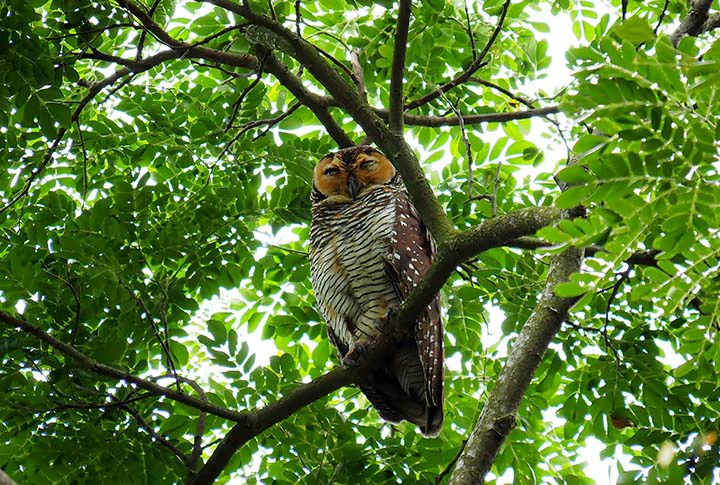
Birds include Wattled Crane, African Skimmer, Western- banded Snake Eagle, Wood Owl, Pel's Fishing Owl, Narina Trogon, Cape Parrot, and both Red-billed and Yellow-billed Oxpeckers.
Read More
Birding Specials for Avid Birders include; African hobby, African pygmy goose, Bat hawk, Bearded scrub robin, Bradfield's hornbill, Brown firefinch, Chirping cisticola, Collared palm-thrush, Coppery-tailed coucal, Green-backed honeyguide, Hartlaub's babbler, Lesser jacana, Little bittern,
Read More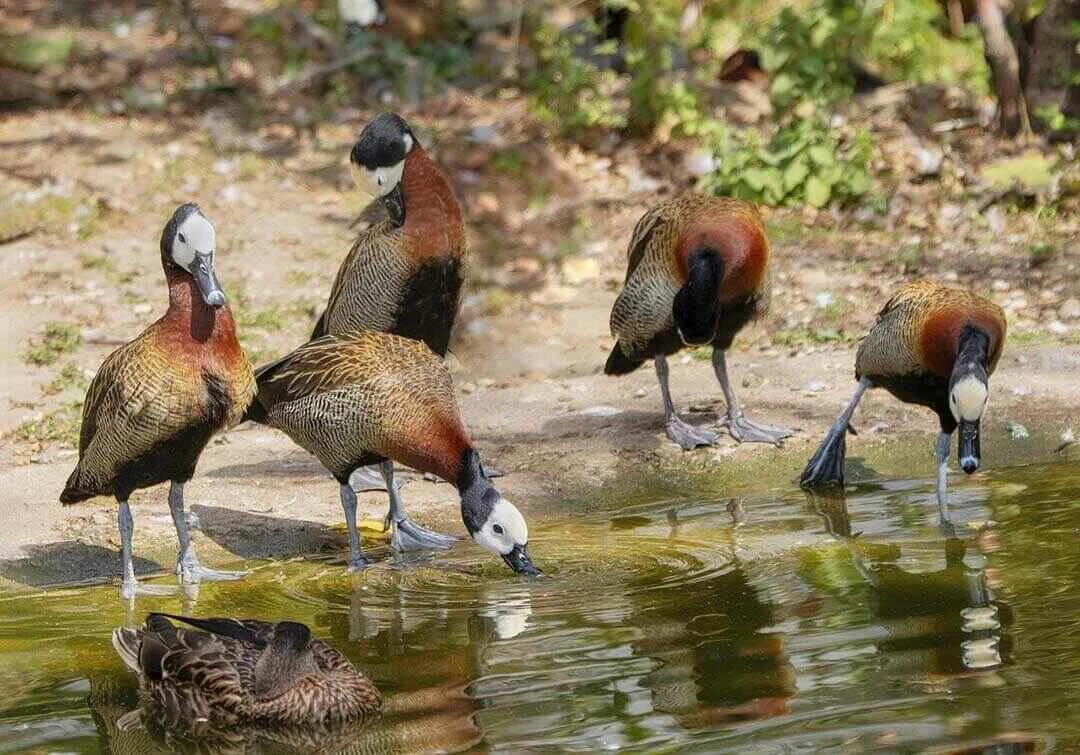
Daan Viljoen delivers brilliant dry country birding and could yield some very special species. This includes Monteiro's Hornbill, Verreaux's Eagle, Rockrunner, Carp's Tit, Short-toed Rock Thrush, Orange River Francolin,
Read More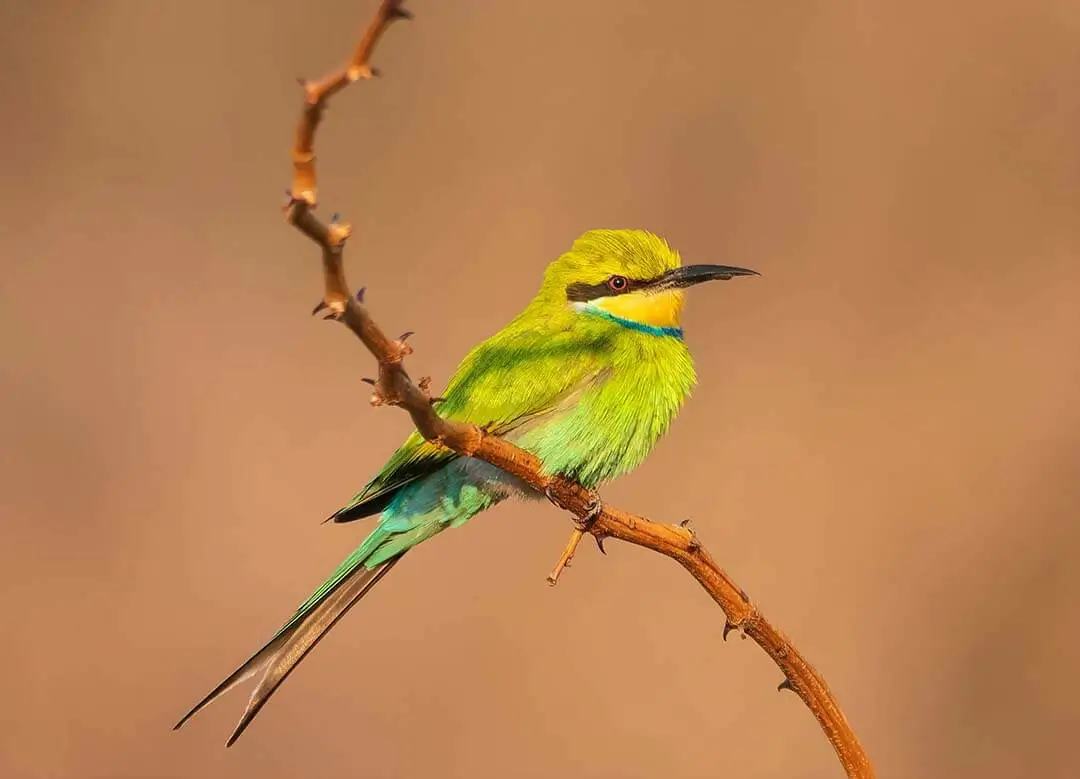
This is one of the best places to see the francolin, which can be very difficult to see and is generally found only early in the morning. The road leads to a National Monument where ancient rock art can be viewed.
Read More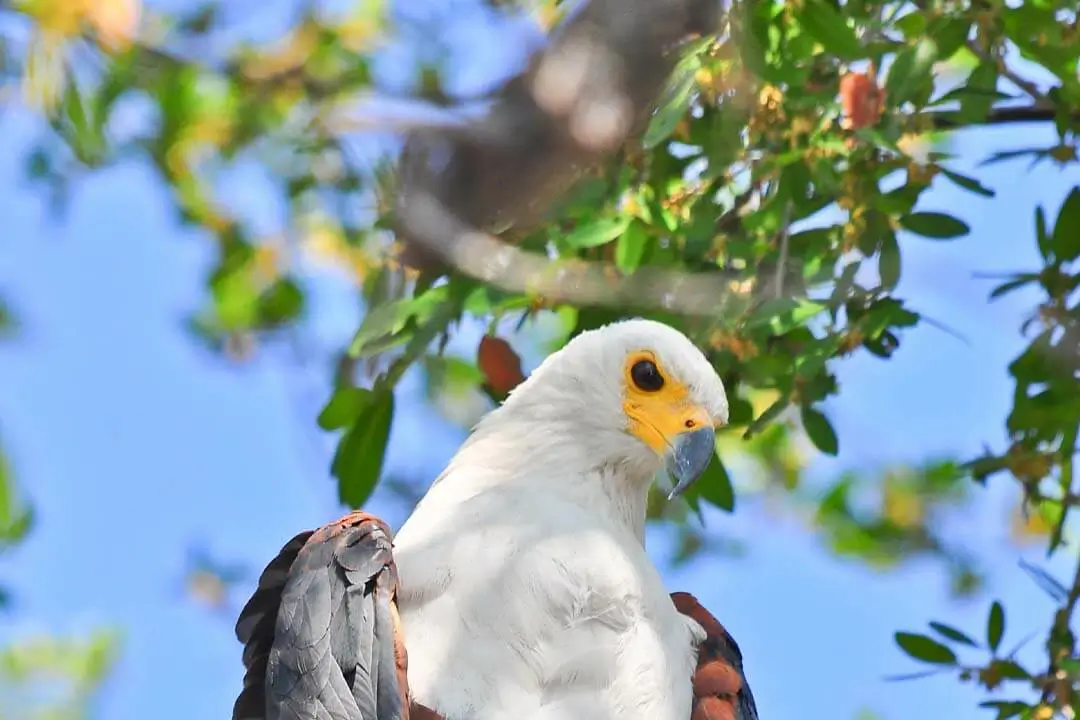
The 284 bird species recorded here include the Great White Pelican, Yellow Billed Stork, Osprey, Bradfield's Swift and Stark's Lark, Ostrich, White Pelican, Reed Cormorant, Darter, Goliath and Purple Heron, Little and Dwarf Bittern,
Read More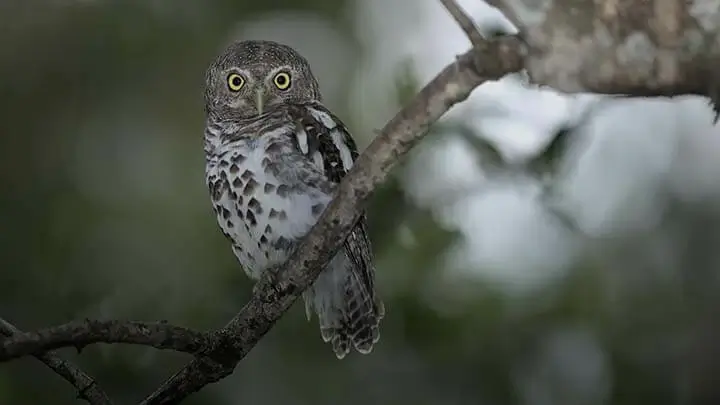
A combination of floodplain, open grassland, mopane and riverine woodland as well as papyrus-lined waterways make this a bird watching paradise. Birds such as Pel's Fishing Owl, Rock Pratincole, African Finfoot, White-backed Night Heron, Brown Firefinch, Coppery Sunbird, Chirping Cisticola, Redfaced Cisticola, Coppery-tailed Coucal are easily found and regularly seen.
Read More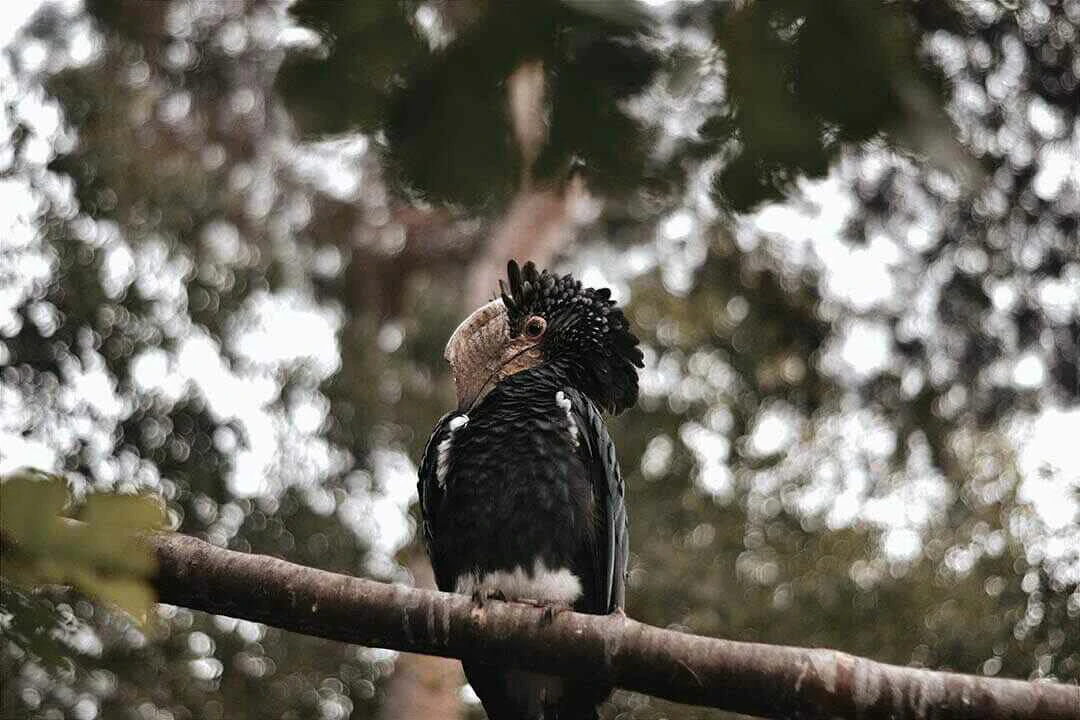
Birding in and around Katima Mulilo town offers plenty of sightings, amongst many others: African finfoots, African skimmers, African fish eagles and, if you are lucky, bat hawks on the River Zambezi.
Read More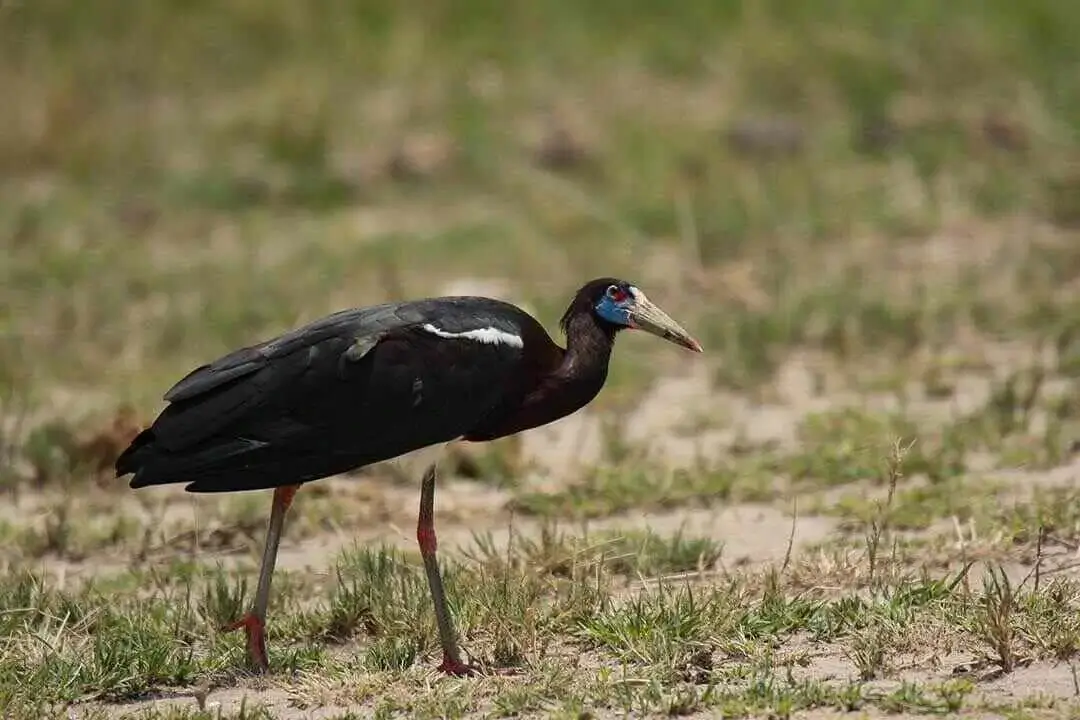
During the months between November and March, there are over 320 species of birds nesting and migrating through the park area. Amongst these, there are over 50 predator species of birds making this an exciting place to visit for bird lovers.
Read More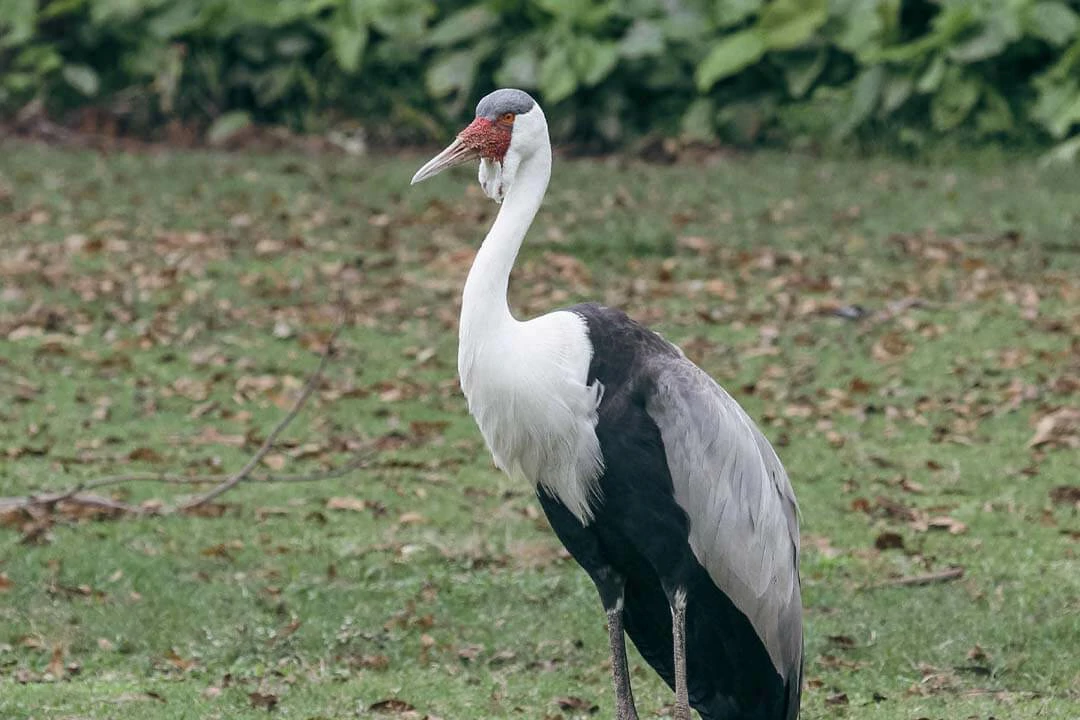
The birding is splendid, with threatened species such as Slaty Egret, Wattled Crane, and Black-winged Pratincole possible.
Read More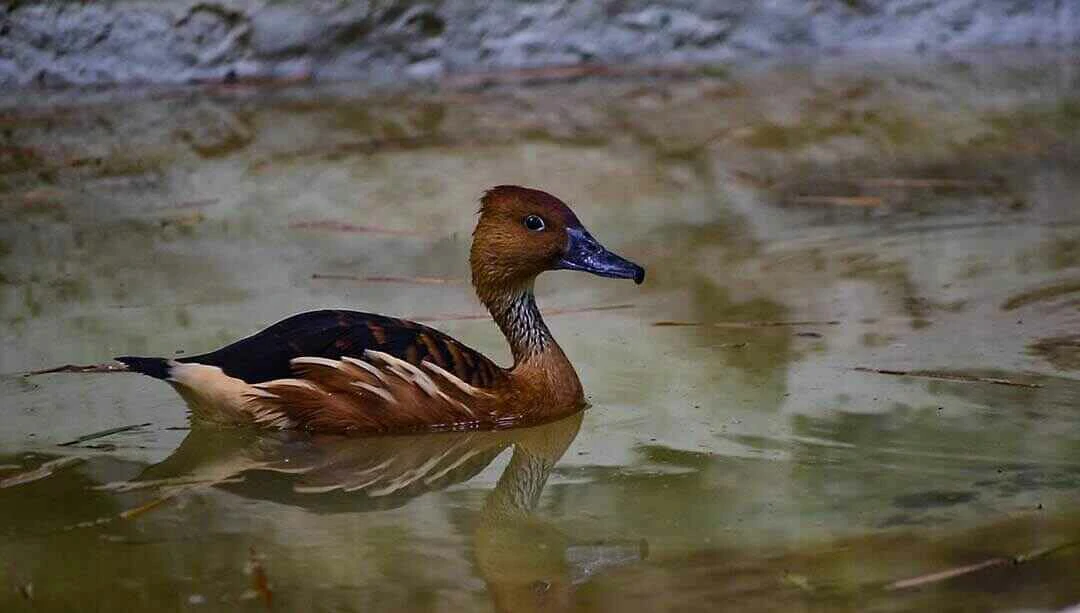
An amazing 430 species of birds have been recorded, which is nearly 70% of Namibia's total, and much game including the rare sitatunga and red lechwe as well as buffalo, elephant, zebra, antelopes, hippo, and crocodiles.
Read More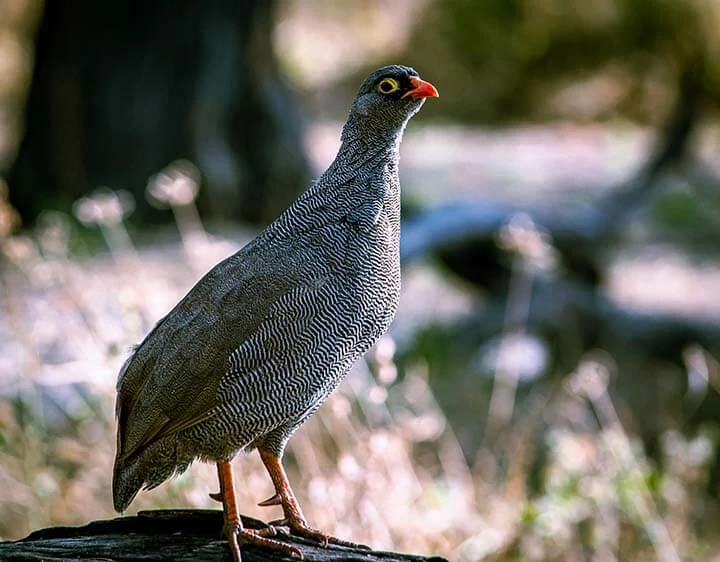
A place to pick up unique birds like Lapped-faced Vulture, Bateleur, Tawny Eagle, Meyer's Parrot, and Striped Kingfisher are among the birdlife vibrant in this region.
Read More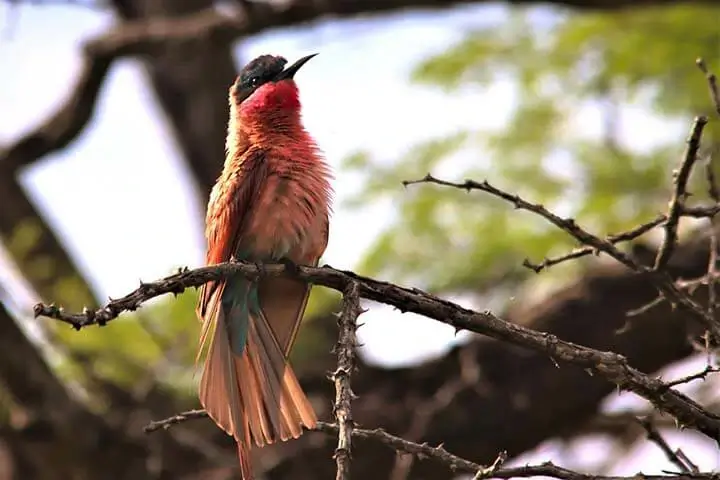
Birding Specials for Avid Birders include; African pygmy goose, Bradfield's hornbill, Bearded scrub robin, Brown firefinch, Collared palm-thrush, Lesser jacana, Grey-backed cisticola, Coppery-tailed coucal,
Read More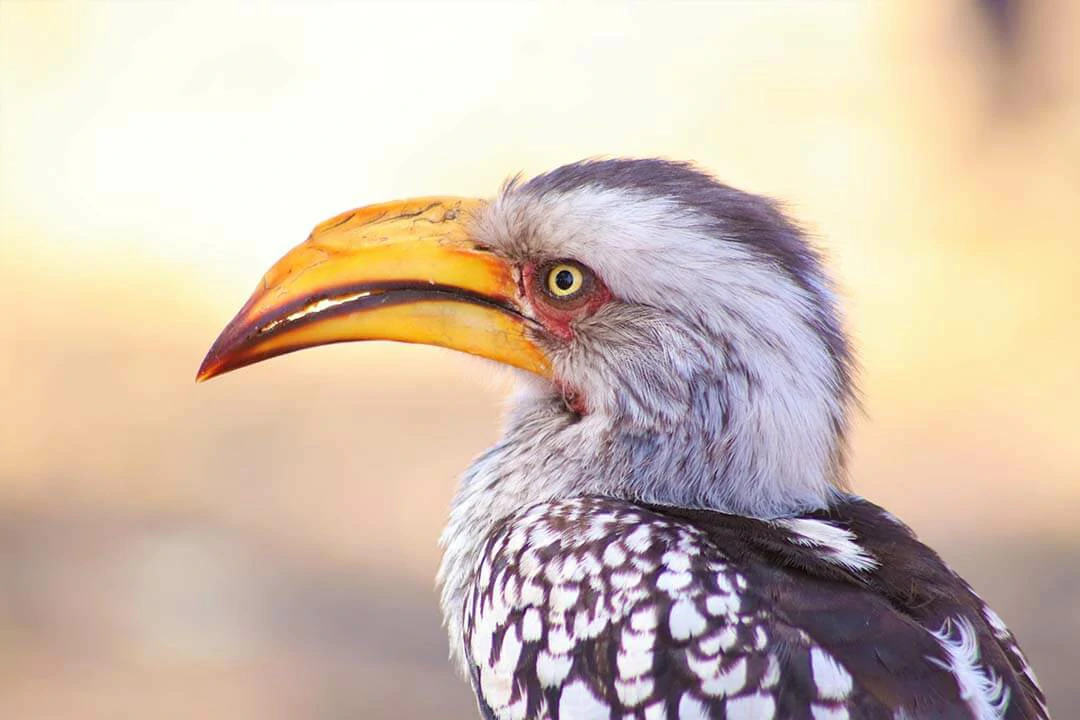
At Okonjima you will see the Africat Foundation at work, learn more about leopard and cheetah, and have excellent photographic opportunities. This is also a very good birding spot.
Read More